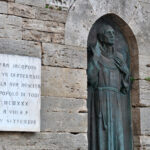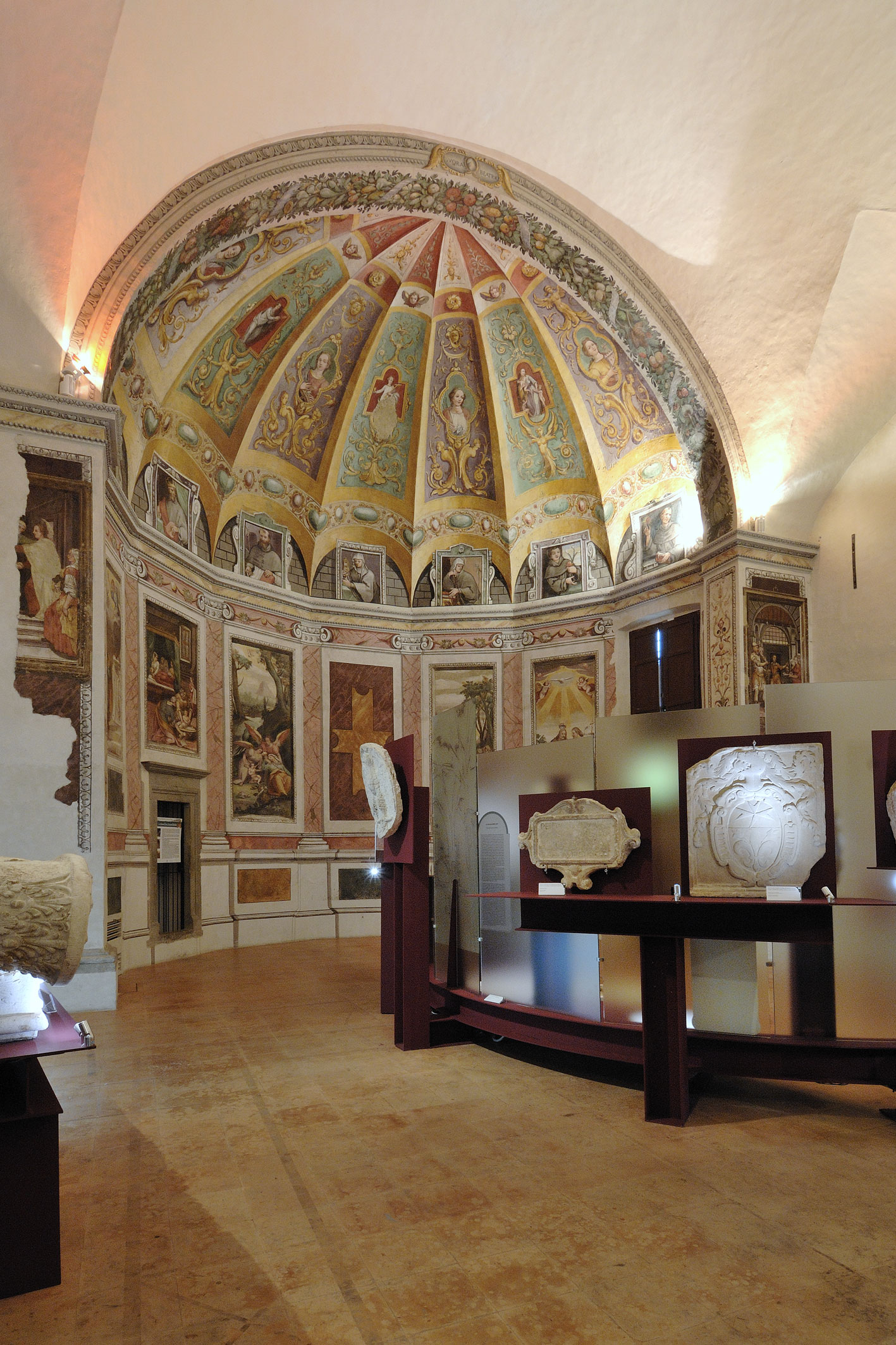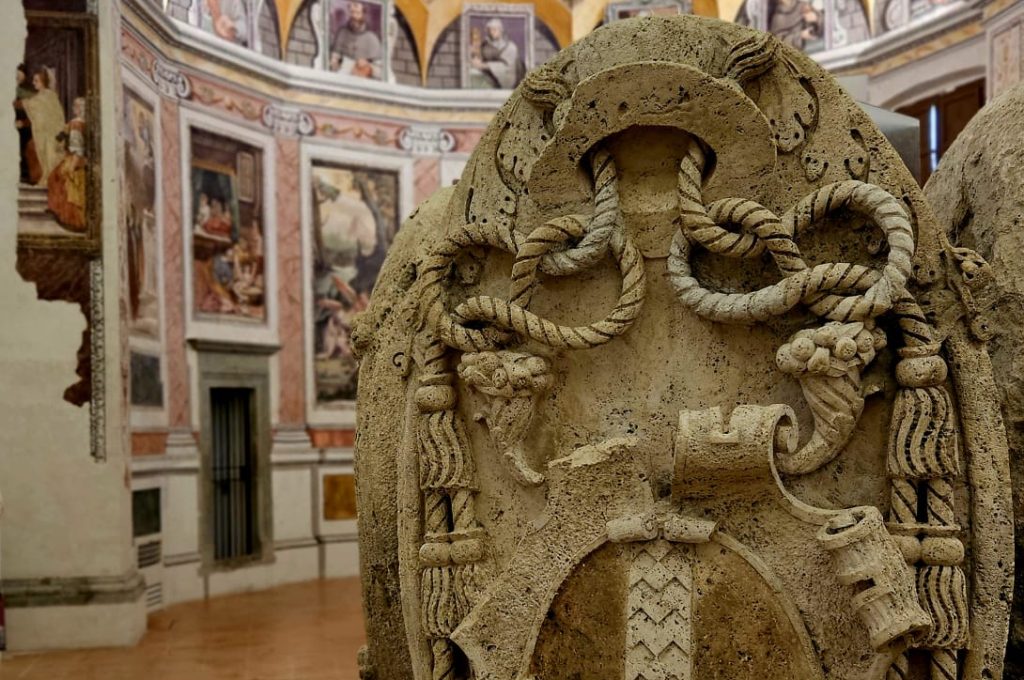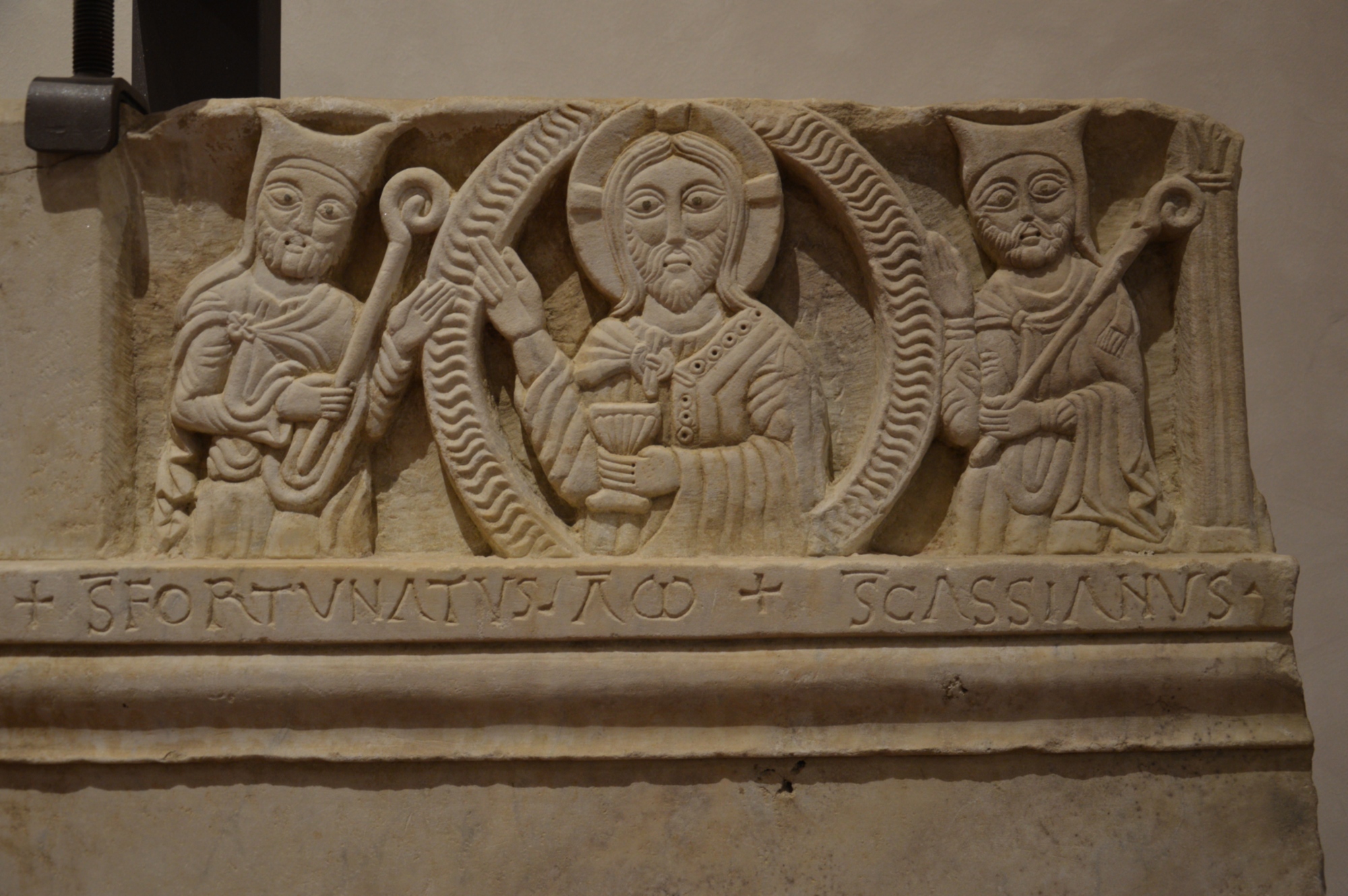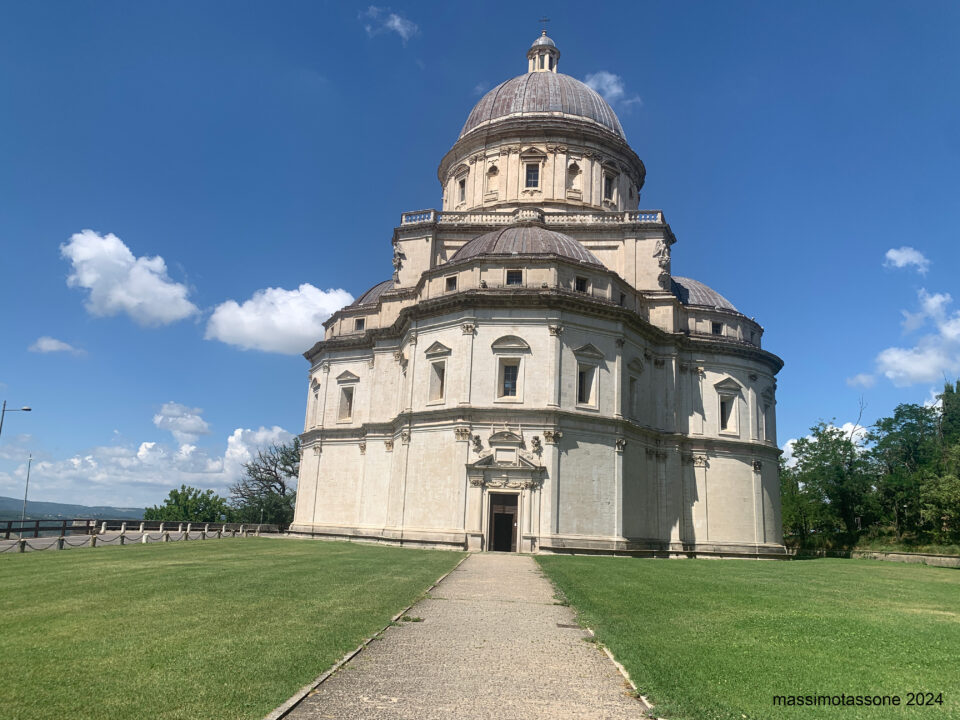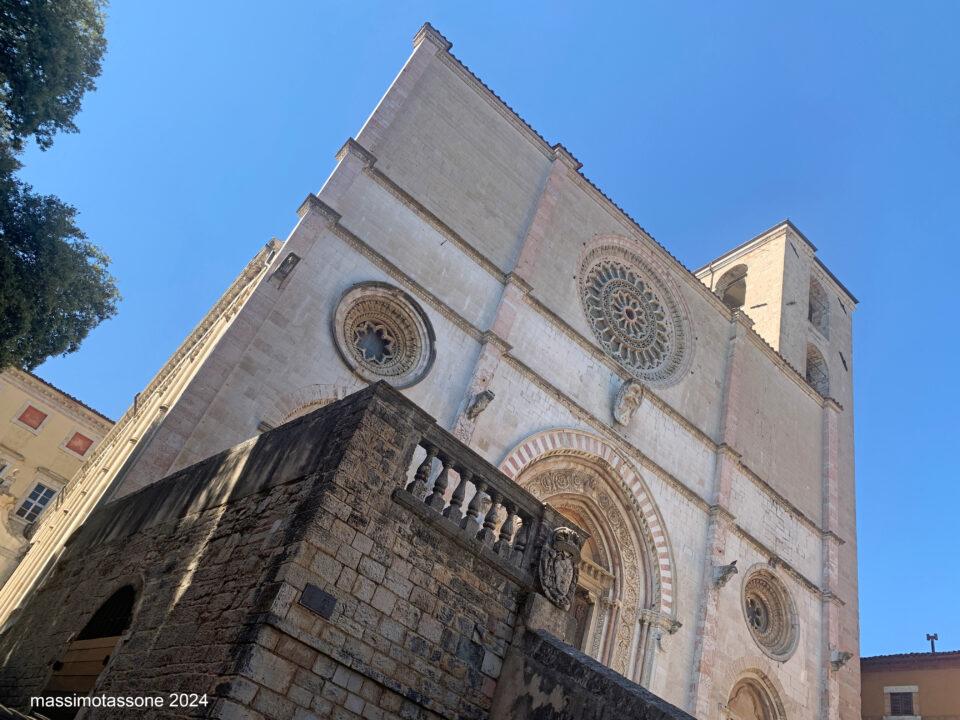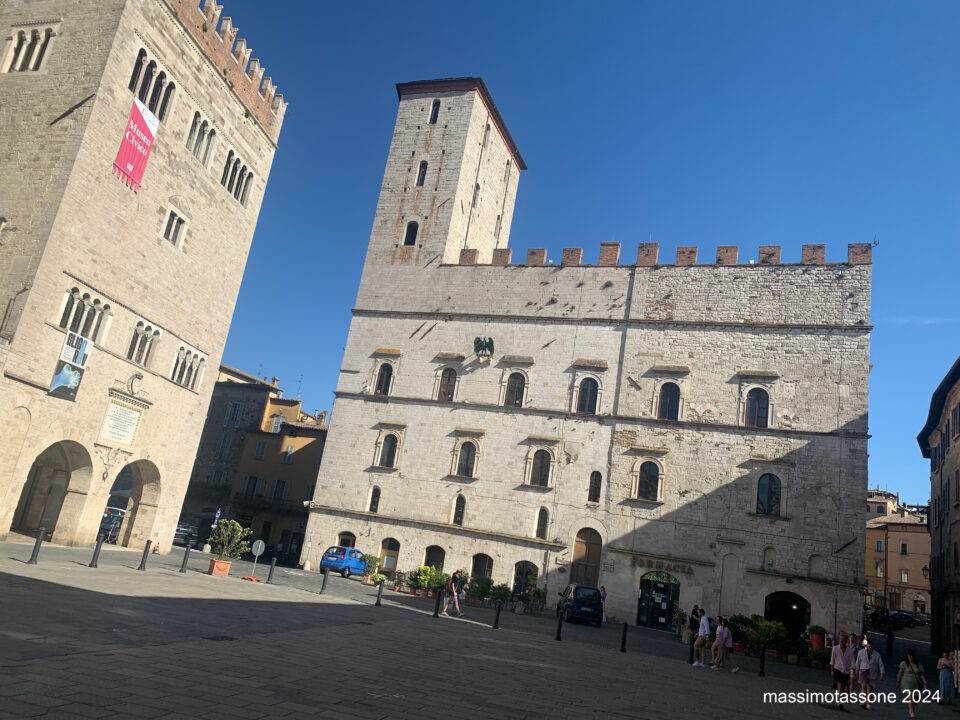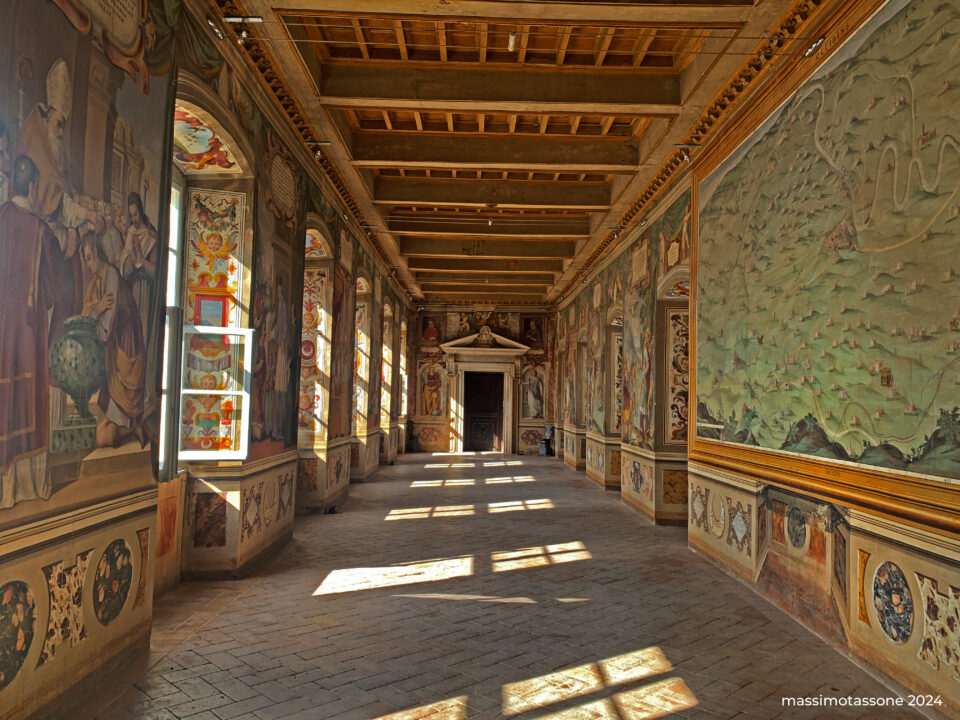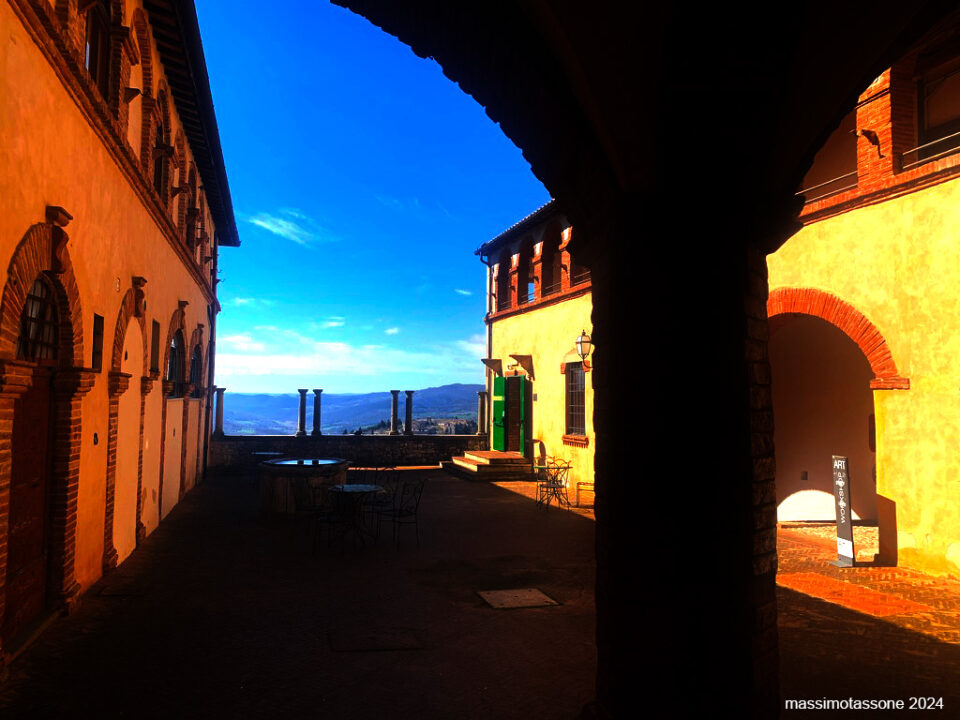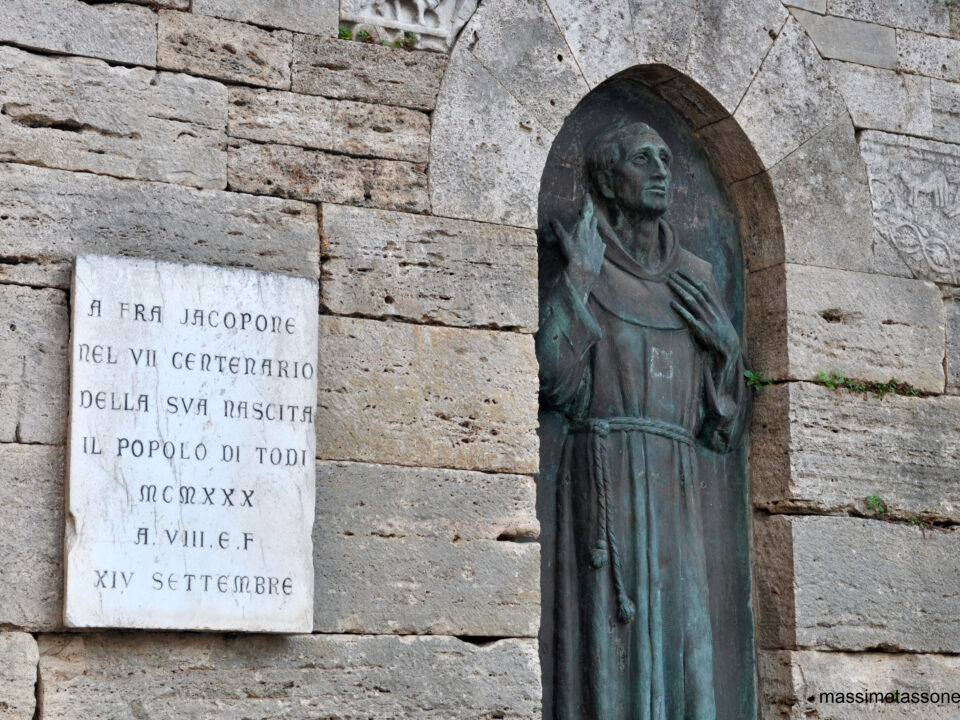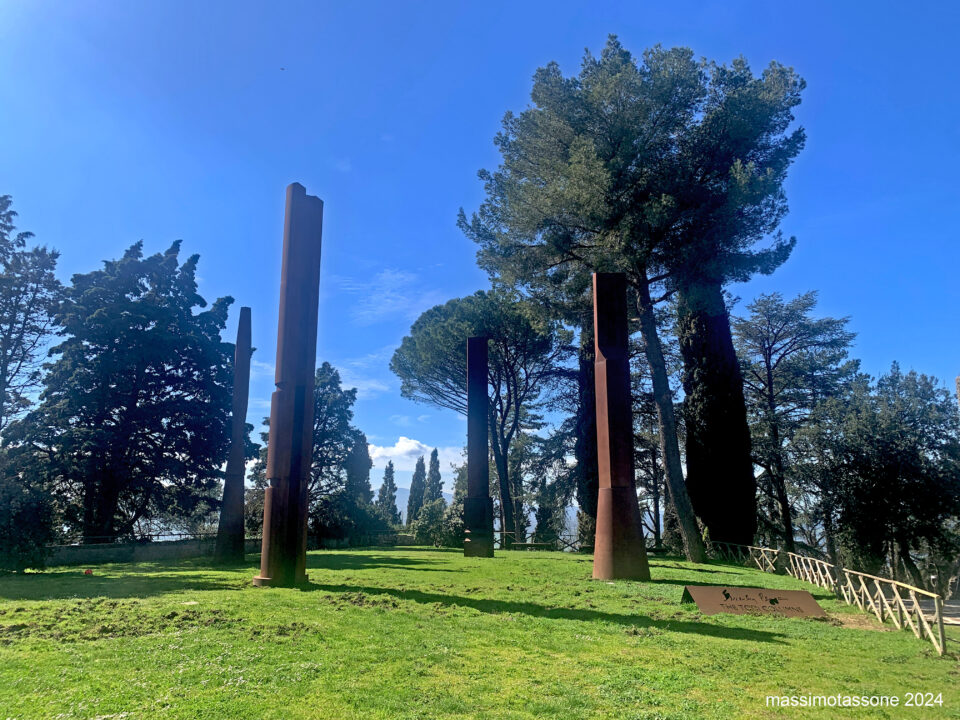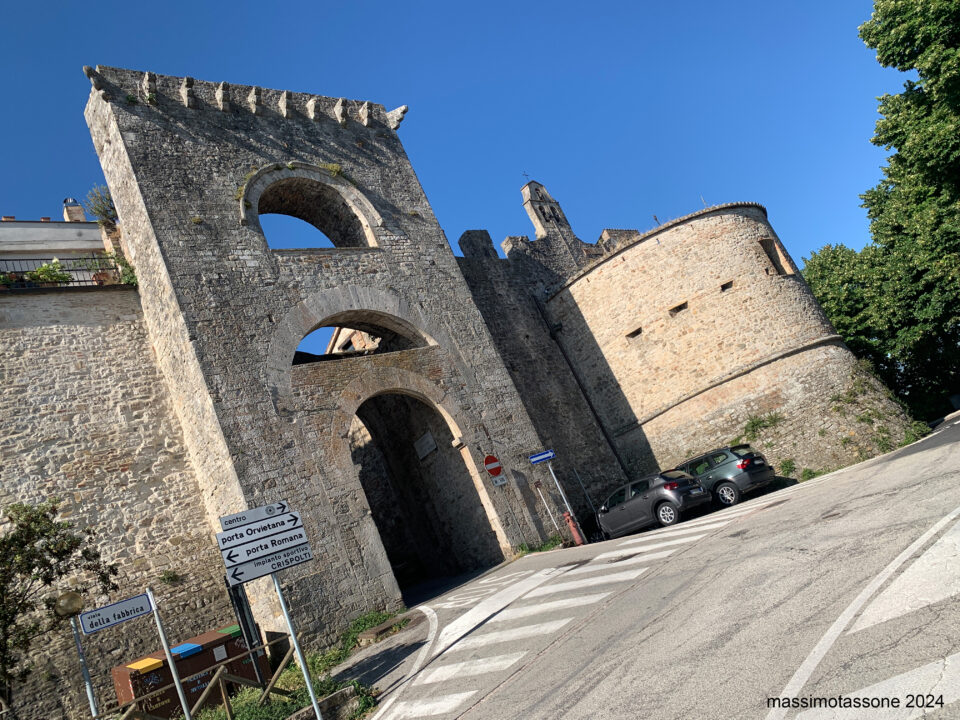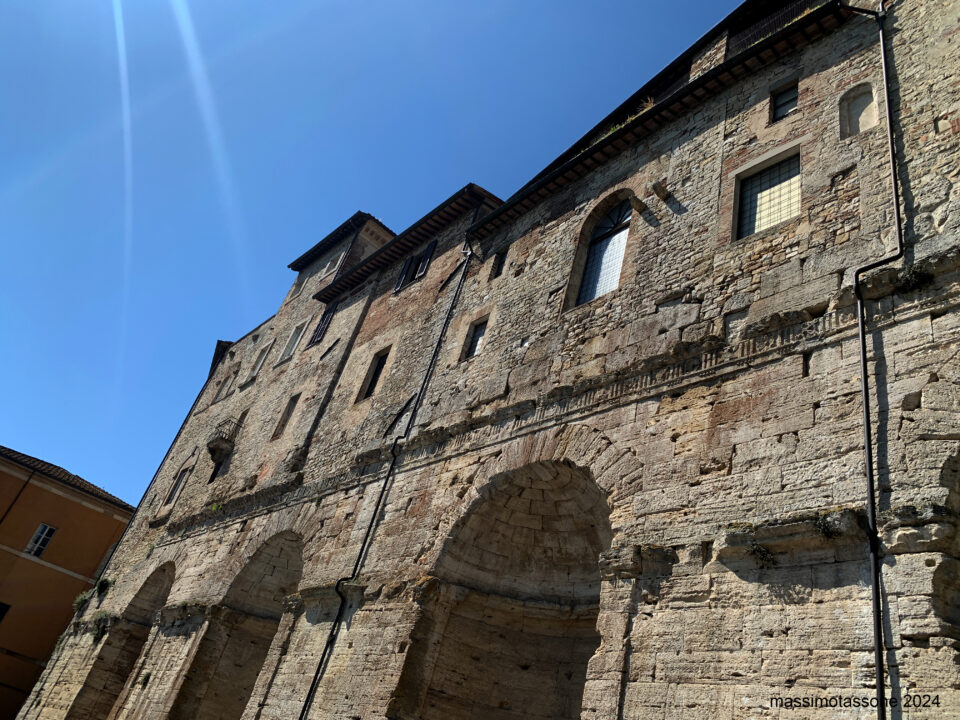Located at the Church of San Giovanni and the two adjacent rooms of the Monastery of the Lucrezie, the museum was established in 2009 to house the collection of stone materials owned by the municipality, which began to be assembled as early as the beginning of the 16th century. The collection is organized into two large chronological sections, corresponding to the Roman and Medieval/Modern eras.
The first section displays elements belonging to funerary monuments, documenting both the presence of necropolises and the existence of various types of burial: monumental tombs with Doric friezes, marble altars, urns, and gravestones with dedications to the deceased. Noteworthy items include a white marble funerary altar re-used as a holy water font, originally from the Church of San Giovanni d'Acquaviva along the Todi-Baschi road; a funerary altar from the second half of the 1st century AD found in the area of San Damiano; a marble sundial from the 1st-2nd century AD found in Ponte Rio; a strigillated sarcophagus with lion protomes; and a "Good Shepherd" sarcophagus from the 4th century AD, found within the remains of the ancient Church of Saints John and Paul de Platea, beneath the current Piazza Garibaldi.
The second section hosts decorative elements and sculptures originally intended to embellish the main places of worship in the city. Additionally, coats of arms, inscriptions, measuring standards, and funerary plaques provide a broad social snapshot of the time, shedding light on important figures and institutions from both the civil and religious realms that governed the city in both the medieval and papal eras. Among the highlights is an interesting sculpture of Saint John the Baptist attributed to an artist from the school of Andrea Bregno (late 15th - early 16th century), originally from the Church of Santa Maria delle Grazie, now known as the Church of San Filippo Benizi; a beautiful bust of Christ in polychrome marble from the Florentine school, dating from the late 16th to early 17th century, originally placed at the Church of San Salvatore; and three imposing travertine coats of arms once placed on the facade of the Palazzo dei Priori, later the residence of the papal governor, representing Pope Julius III, Cardinal Giulio Montefeltro della Rovere, and Bishop Luigi Ardinghelli. These were removed in 1798 during the Roman Republic by Todi's Jacobins as symbols of papal power.
Another remarkable piece is a plaque with an inscription from the Castle of Pontecuti, dated 1248, commemorating the construction of the bridge of the same name, as well as an inscription, probably from the Church of Sant'Andrea, containing the famous "magic square of Sator" (SATOR AREPO TENET OPERA ROTAS), the most famous palindrome that has intrigued scholars for centuries due to its controversial interpretation.
https://my.matterport.com/show/?m=1zX9mn5UFBt


